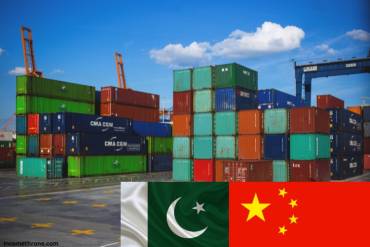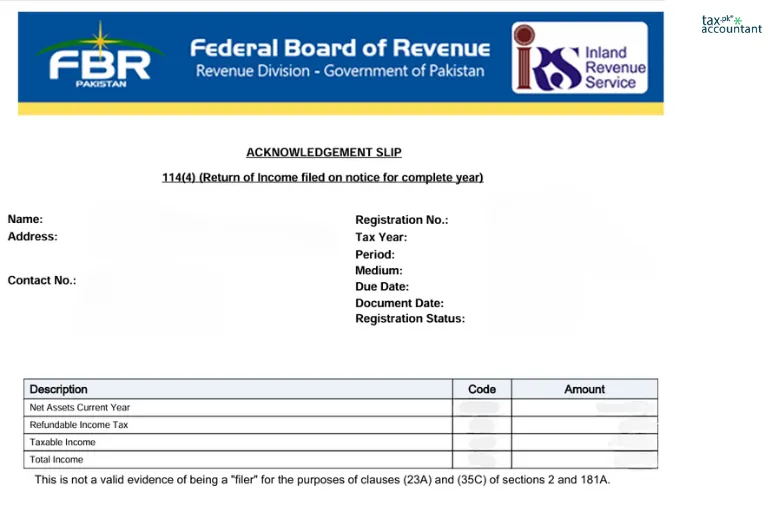China-Pakistan Free Trade Agreement: A Deep Dive into Duty-Free Imports
Introduction
Pakistan and China have established a robust free trade agreement (FTA) that facilitates duty-free or reduced-duty imports of numerous items between the two countries. This agreement has significantly boosted bilateral trade and economic cooperation, offering vast opportunities for businesses and investors in Pakistan.
Let’s explore the key aspects of this duty-free import arrangement and the various categories of items covered.
Overview of the China-Pakistan Free Trade Agreement
The China-Pakistan Free Trade Agreement was initiated in April 2005 and came into effect in July 2007. Over the years, the agreement has undergone several revisions to expand its scope and benefits for both nations. Some key milestones include:
- April 2005: Negotiations launched during Premier Wen Jiabao’s visit to Pakistan.
- November 2006: Free Trade Agreement reached.
- July 2007: Agreement took effect.
- February 2009: Agreement on Trade in Services signed.
- October 2009: Trade in Services agreement entered into force.
- April 2019: Second phase of FTA negotiations concluded with the signing of a protocol.
- December 2019: Protocol of the Second Phase entered into effect.
The FTA covers a wide range of products and services, fostering increased trade and economic integration between China and Pakistan.
Categories of Duty-Free Items
The duty-free import items from China to Pakistan are categorized into different groups based on the level of tariff reduction and the timeline for implementation. Below are the main categories:
Category I
Items in this category experienced a gradual reduction in import customs duties over four stages since the agreement’s entry into force:
| Date |
Margin of Preference |
| Entry into force |
25% |
| January 1, 2008 |
50% |
| January 1, 2009 |
75% |
| January 1, 2010 |
100% |
By January 1, 2010, items in this category became completely duty-free.
Category II
For items in Category II, import customs duties were reduced to 5% or below within five years after the agreement’s entry into force.
Early Harvest Program (EHP)
The Early Harvest Program was implemented as a precursor to the full FTA. It provided a 30% Margin of Preference (3.5% custom duty) for Pakistan’s exports to China.
Key Sectors and Products
The duty-free import items cover a wide range of sectors and products. Some notable areas include:
- Agriculture and Livestock: Fresh, chilled, or frozen bovine meat, goat meat, edible bovine offal, poultry products, fish, and seafood.
- Textiles and Apparel: Yarn and fabric, readymade garments, home textiles, socks, and hosiery items.
- Industrial and Manufacturing Goods: Machinery and equipment, auto parts (e.g., bumpers, gearshifts, shock absorbers), electrical equipment, chemicals, and plastics.
- Raw Materials: Various raw materials used in manufacturing processes.
Benefits of Duty-Free Imports
The duty-free import arrangement offers several advantages for both Pakistan and China:
- Cost Reduction: Elimination of import duties reduces the overall cost of goods, making them more competitive in the domestic market.
- Industrial Growth: Access to cheaper raw materials and machinery can boost industrial production and efficiency.
- Consumer Benefits: Lower prices on imported goods benefit Pakistani consumers.
- Trade Balance: The agreement aims to balance trade between the two countries by providing reciprocal benefits.
- Economic Integration: Increased trade fosters stronger economic ties between Pakistan and China.
Implementation and Regulations
The implementation of duty-free imports is subject to certain regulations and procedures:
- Rules of Origin: Goods must comply with the Rules of Determination of Origin to qualify for duty-free status.
- Certification: Proper documentation and certificates of origin are required to avail of the duty-free benefits.
- Customs Procedures: Importers must follow specific customs procedures to claim the duty-free status for eligible items.
- Regular Updates of : The list of duty-free items is periodically reviewed and updated by both governments.
Challenges and Considerations
While the duty-free import arrangement offers numerous benefits, there are also challenges to consider:
- Local Industry Protection: Care must be taken to ensure that duty-free imports do not adversely affect local industries.
- Trade Imbalance: Monitoring and addressing any significant trade imbalances that may arise is necessary.
- Quality Control: Ensuring the quality of imported goods remains crucial for consumer safety and satisfaction.
- Smuggling and Misuse: Proper mechanisms must be in place to prevent smuggling or misuse of the duty-free status.
Future Prospects
The China-Pakistan Free Trade Agreement continues to evolve, with both countries working towards further expansion and improvement:
- Expanded Coverage: Future negotiations may include more items in the duty-free list.
- Services Sector: There’s potential for increased cooperation in the services sector.
- Digital Trade: As e-commerce grows, the agreement may adapt to include provisions for digital trade.
- Green Technology: With a global focus on sustainability, duty-free status for green technologies could be explored.
Conclusion
The list of duty-free import items from China to Pakistan under their Free Trade Agreement is extensive and covers various sectors of the economy. This arrangement has significantly boosted bilateral trade and offers numerous benefits for both countries. As the agreement continues to evolve, it is expected to play a crucial role in strengthening economic ties between Pakistan and China.
For businesses and individuals looking to take advantage of this arrangement, it’s essential to stay updated on the latest revisions to the duty-free list and comply with all relevant regulations. TaxAccountant.pk is here to help you navigate these complexities and ensure that you fully leverage the benefits of this comprehensive free trade agreement between two of Asia’s major economies.















5 thoughts on “Comprehensive List of Duty-Free Import Items from China to Pakistan”
It’s actually a cool and useful piece of
information. I am glad that you shared this useful information with us.
Please stay us informed like this. Thank you for sharing.
It’s a pity you don’t have a donate button! I’d definitely donate to this excellent blog!
I suppose for now i’ll settle for book-marking and adding your RSS feed to my Google account.
I look forward to brand new updates and will share this blog
with my Facebook group. Talk soon!
Valuable info. Lucky me I found your web site accidentally, and I’m shocked why this coincidence did not came about earlier!
I bookmarked it.